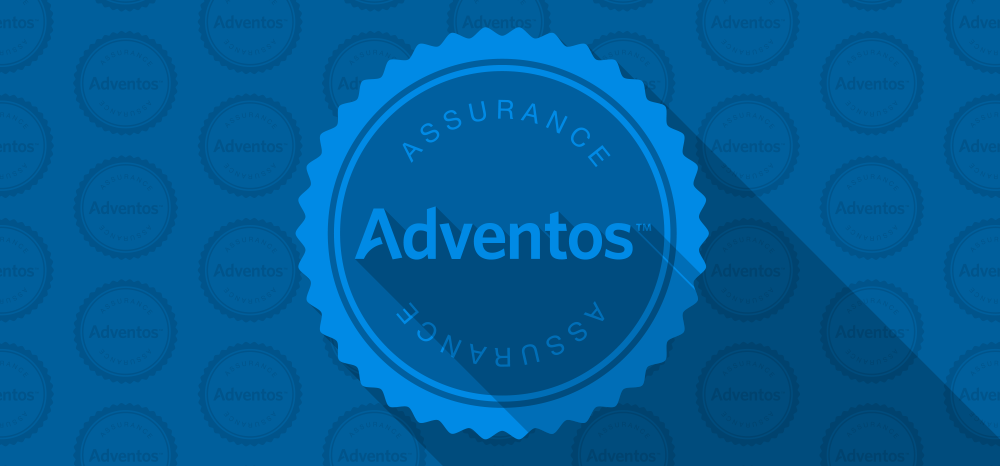 Mariano Delle Donne
Mariano Delle Donne
CEO

Read “New and Improved Must Have Tools for Crime Analysists” and link to this one:https://smartforcetech.com/blog/adventos/new-and-improved-must-have-tools-for-crime-analysts/
Crime Analysts across the country are becoming the secret weapons for their organizations. Their crime products, whether the identification of crime patterns, problem areas, or spotting repeat offenders, are helping organize and prioritize crime reduction responses and community policing efforts.
To empower these secret weapons, crime analysts must have the proper tools to be successful in their roles. In this article we identify the top six tools every crime analyst must own.
One – CAD and RMS
While CAD and RMS are not analytical tools per se, for a crime analyst and for an agency to be successful in implementing crime reduction strategies, they must have the ability to mine and understand agency data originating in CAD and RMS.
Intelligent Tip:
Ensure your RMS data structures are based on industry standards, such as NIBRS and NEIM. With well understood data structures you will be able to more easily integrate Crime Analysis and Prediction software, as well as leverage regional data and industry best practices.
Two – Crime Analysis Software
Crime analysis software can be as simple as a Microsoft Excel spreadsheet that targets crime reduction priorities for an agency or a more robust crime intelligence product which has the ability to integrate RMS and CAD data into powerful and customizable dashboards with analytics, query, visualization, and information sharing. Ideally, this software has the ability to provide visually-intuitive heat maps, trend analysis, charts, and is able to quickly uncover emerging trends gaining deeper insight into key issues and areas.
Crime analysis software tools should have the ability to use historical RMS data to produce targeted crime forecasts that are accurate. In any agency, utilizing crime analysis software in either a simple or more robust application should lead to more efficiently allocated Officer resources and help to improve the focus of their time and efforts on proactively reducing and preventing crime.
Intelligent Tip:
Ideally, the applications are cloud-based, so they are accessible from any device for analysts, officers, command staff, and specialty units in the office or on the road. Take a look at Motorola’s CommandCentral Analytics product which has many best in class features essential in predictive software tools.
Three – Law Enforcement Specific GIS
Geographic Information Systems (GIS) can help leverage the massive amounts of location-based data collected each day to create actionable intelligence you can use and share. GIS provides solutions used by thousands of cities, counties and law enforcement agencies worldwide for investigations, operations, planning, and administration. Intelligence analysis can sometimes go beyond traditional crime analysis. During analysis you can fuse together reporting from GIS data that relates to Corrections, Parole, and Probation, in-vehicle mobile mapping, traffic, accident analysis, etc.
Intelligent Tip:
GIS is a very powerful tool. For the majority of crime analysis mapping needs, a quick look at the relationship between crime locations or measure of distance will suffice. Having said this, if your agency is making significant investments in crime intelligence, ESRI tools are the industry standard and the trusted leader in GIS for large US governments and corporations.
Four – Agency Management System
Public safety responses to crime reduction initiatives must be organized, targeted and active. Many times they require the coordination of multiple units and often occur during uncommitted time. It can be frustrating for crime analysts to create crime intelligence products that result in little activity or impact. To amplify the impact of crime reduction responses, an Agency Management System is required. An Agency Management System allows for intelligence products to be assigned to the audiences that can and must take action, organizes discussions on the intelligence product, and allows for the tracking and coordination of responses in real time.
Intelligent Tip:
While coordination of crime reduction responses can be accomplished with a simple intranet portal or passed on through email (see our post about the risks of email), an Agency Management System such as SmartForce™ adds levels of sophistication that compliment your RMS and CAD. Because of its CJIS compliant, mobile, and reporting features, SmartForce™ is the best platform for sharing intelligence and responses for targeted crime reduction during uncommitted time.
Five – Microsoft Office
Crime analysts bear a great deal of responsibility in the agency and therefore deserve tools that give them the greatest capabilities to be effective and streamlined. A crime analyst must save products as PDFs, receive PDFs, and open them to revise and share information with one click. Microsoft Office provides this capability for a low cost and integrates with agency management systems like SmartForce™.
Intelligent Tip:
The free options available are limited in their capabilities. Microsoft Office is available as a subscription on the Cloud as Office 365 for Government and adds CJIS compliance capabilities. The annual price tag is recovered quickly when your crime analysts and field teams have the right information at their fingertips.
Six – KeyPass
With great power comes big responsibility. Crime analysts have access to many databases and sources of information which require multiple secure passwords. There are tools for managing passwords that will securely generate, store, and manage passwords for various computer systems, websites, and services you access.
Intelligent Tip:
This field has many great players. KeyPass is our recommended tool, but if your agency is already working with a secure password keeper or tool that meets or exceeds your agency standards, keep it!
About SmartForce™ by Adventos
SmartForce™ is the only CJIS compliant and mobile agency management system designed to account for uncommitted time and to drive current policing strategies. SmartForce™ also provides a single platform for integrating and automating all law enforcement administrative processes outside of CAD and RMS.
For more information visit adventos.com and view a video demonstration of SmartForce™ today.






 As I watch our company grow from a small team to a larger company, it is extremely important to me to ensure our support, customer service, and ability to strategically solve customer problems, grows at the same pace or better than the number of customers or demands of our marketplace. Since continuous improvement is one of our core values at Adventos™, I am excited to announce the addition of a new tool to better manage our customer support processes and give us insight into key areas of customer service our customers value most. At Adventos™, we call our support “Assurance”, as in you are assured our software will work as promised and you are confident we’ll have your back.
As I watch our company grow from a small team to a larger company, it is extremely important to me to ensure our support, customer service, and ability to strategically solve customer problems, grows at the same pace or better than the number of customers or demands of our marketplace. Since continuous improvement is one of our core values at Adventos™, I am excited to announce the addition of a new tool to better manage our customer support processes and give us insight into key areas of customer service our customers value most. At Adventos™, we call our support “Assurance”, as in you are assured our software will work as promised and you are confident we’ll have your back.




